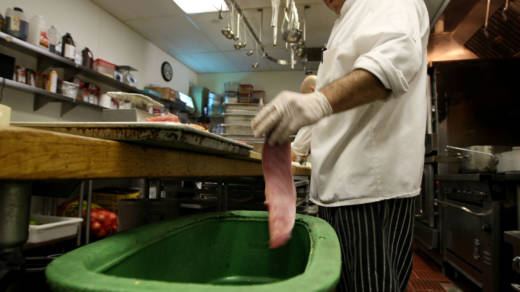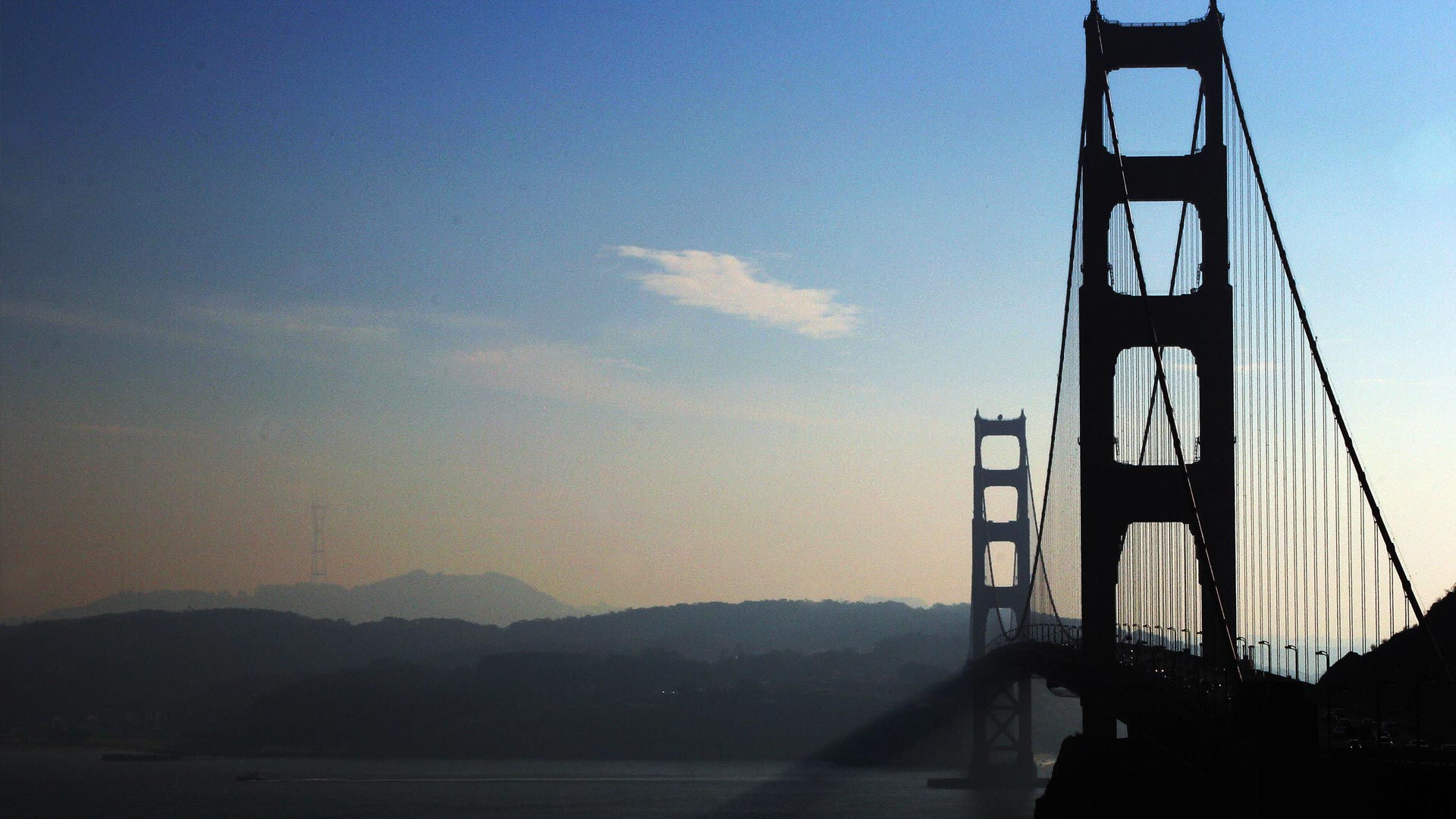Freitag says the takeaway message here is that even an environmentally friendly idea like using food waste for fertilizer can go awry in unexpected ways.
"Some good ideas work, but only when people are responsible," she says, noting that German laws for recycling organic waste are pretty clear — and strict. She notes that communities or businesses planning to recycle food waste should keep in mind how easily it can get contaminated with plastic.
Eventually, she says, the plastic pieces get washed out of the fertilizer that's spread on land and washes into waterways.
That's where researcher Chelsea Rochman at the University of Toronto has been finding tiny pieces of plastic. "If we move away from the ocean and go upstream," she explains, "there's evidence of microplastics in rivers and lakes and other freshwater bodies."
In a perspective published this week in the journal Science, Rochman notes that she's found tiny bits of plastic in what comes out of sewage treatment plants. That "sludge" is sometimes used for fertilizer. "The sewage sludge, for example, that we're spreading on the earth [is] a source of plastic out into the environment," says Rothman, who studies aquatic ecology. "How is that interacting with animals and soils?"
Rochman says there hasn't been much research on tracking microplastics on land. Most people have been focusing on where it usually ends up: the oceans. But it's clear that microplastics are making their way into the food chain. "We find it in our seafood," says Rochman, "we find it in our sea salt. There's now evidence of it in drinking water."
Rochman says there's good news here, though. As people track the myriad pathways that plastic waste takes, the closer they get to cutting it off at the source.
Copyright 2018 NPR.

